Why robots can’t take over the world: they can’t open doors
The race is on to create the world’s most advanced humanoid robot but there’s still a long way to go when it comes to bots performing basic human functions, like this one essential skill
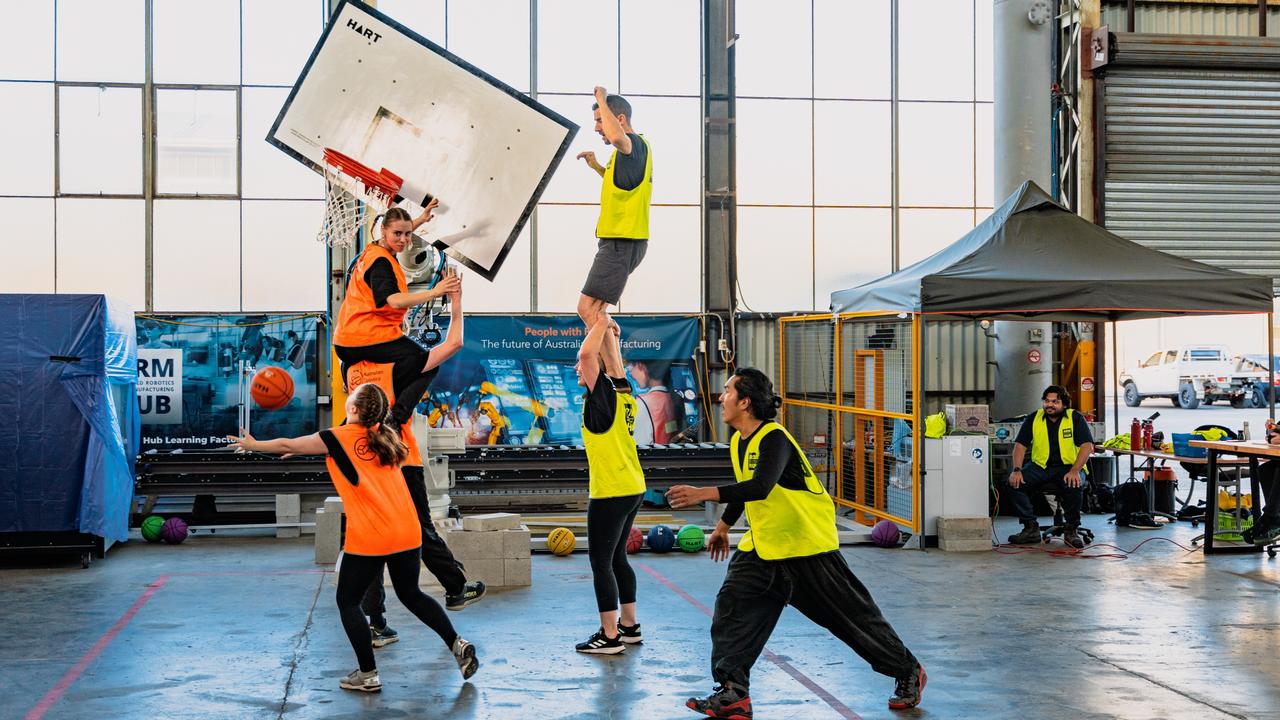
READING LEVEL: ORANGE
Anyone who thinks robots are going to take over just needs to watch one try to open a door. It’s hilarious, said Australian Cobotics Centre director, Professor Jonathan Roberts.
“Getting through a door is actually one of the hardest things to get robots to do,” he said. “It sounds ridiculous, but because you’ve got a door and it’s got a door handle, it’s actually hard for a regular robot. The same goes for lifts, when robots try to press the buttons.”
The challenge has been so great the US-based Defense Advanced Research Projects Agency even held competitions to see which companies could build robots to make it through a door.
“It was all about humanoid* robots doing things like going into imaginary factories or nuclear disasters* and sending them in to turn off valves,” Prof Roberts said. “One of the challenges was opening doors and it’s just ridiculously difficult. You see these multimillion-dollar robots kind of getting up to the handle, missing it, and then just falling over backwards.”
In fact, whenever someone asks whether robots will take over the world, Prof Roberts tells them: “Well, not this year.”
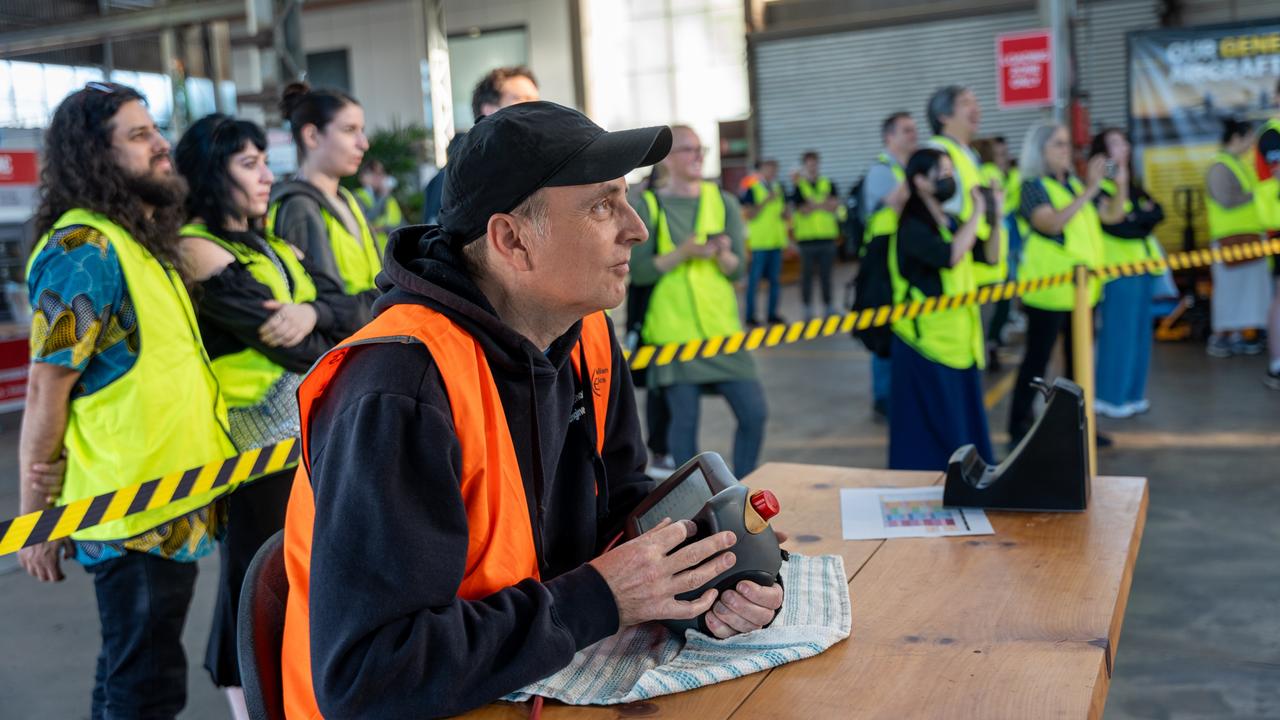
Robots in their current form are far less exciting than science fiction would have you believe. “Of course, it’s very industry-specific* … we’re still waiting for home robots that are not vacuum cleaners,” Prof Roberts said. “In manufacturing, these smaller collaborative robots are now becoming more popular.”
WHAT ARE COBOTS?
Collaborative robots, also known as cobots, are robots designed to work safely next to humans in a shared workspace.
They typically look like desk-mounted robotic arms that are capable of lifting and moving items.
“They are starting to be used around the world and they’re getting easier to program,” Prof Roberts said. “Traditionally, robots in manufacturing were set up to do one thing, but now cobots are being set up to do a task for a couple of hours before being programmed to do something else.”
With cobots able to be used for more things, they’ve become more attractive to smaller businesses, not just big companies with lots of money.
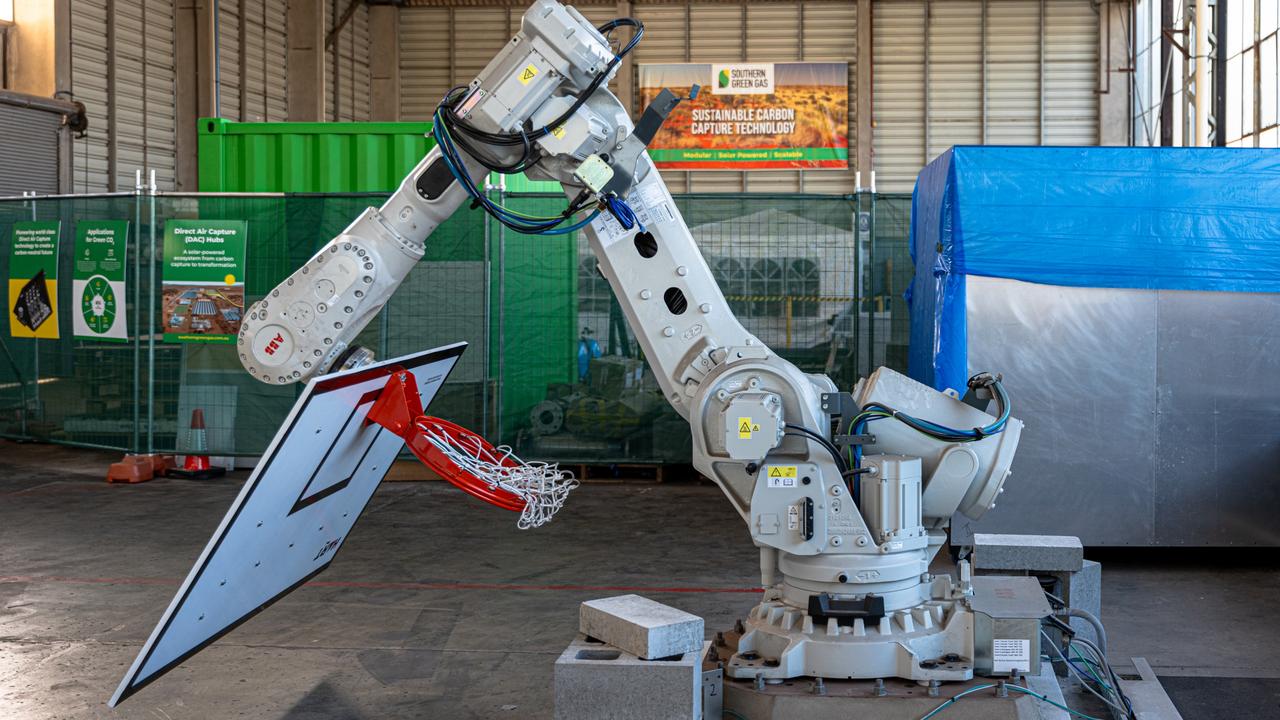
HUMANOID ROBOTS
The next big thing will be humanoid robots that are built and developed to look and act like humans, Prof Roberts said.
Wondering why robots will be built to look like humans? Prof Roberts said the answer was simple.
“There’s a very good reason to make humanoid robots,” he said. “We’ve built our world for human-sized things.”
He said the race was on among companies across the world to develop the most advanced humanoid robot.
“Almost every few days or weeks you see a new video of a very impressive humanoid robot,” he said.
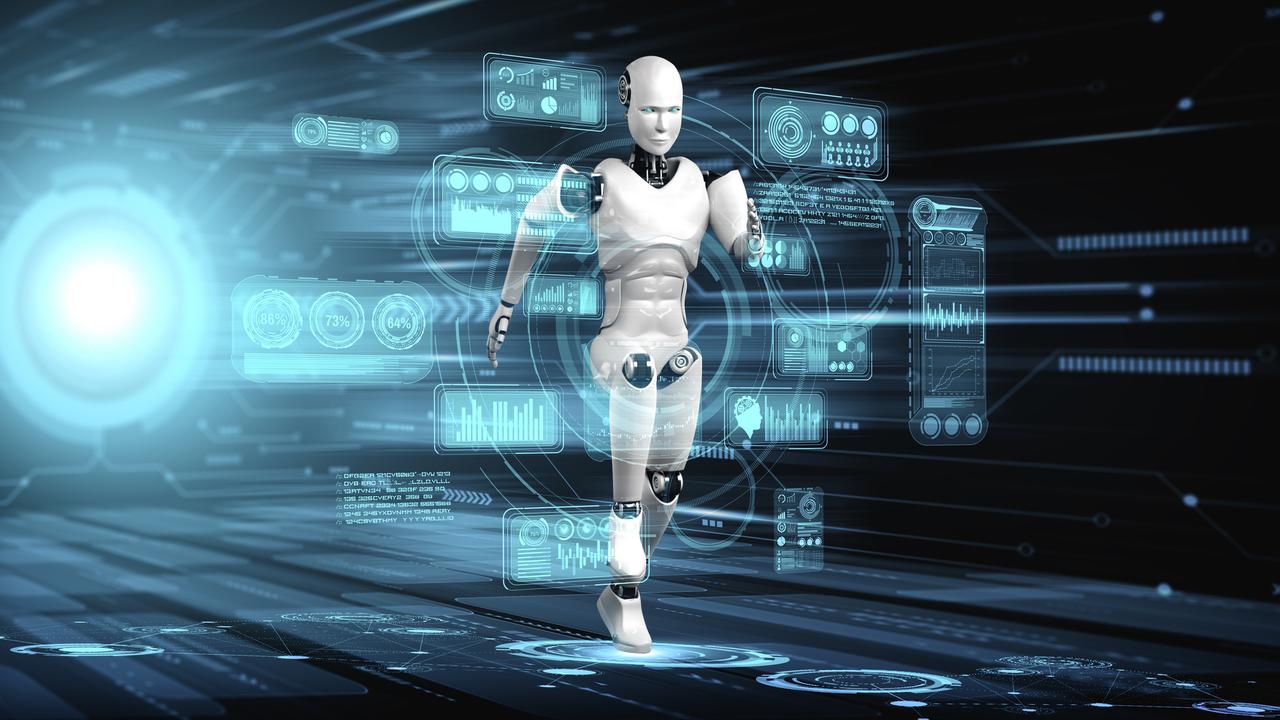
Any other style of robot would require serious changes to everything. The shape of a car would need to change, as would the doors in a house and even the buttons in a lift if there were odd-shaped robots roaming around.
Since we haven’t perfected humanoid robots just yet, some buildings have already needed to adapt, said Prof Roberts.
“There are some new hospitals that have been designed with particular places where mobile robots can drive to deliver and move things around,” he said.
But you wouldn’t see these robots walking the halls. Instead, they’re being used to move linen or deliver food, often in areas patients and general staff can’t access.
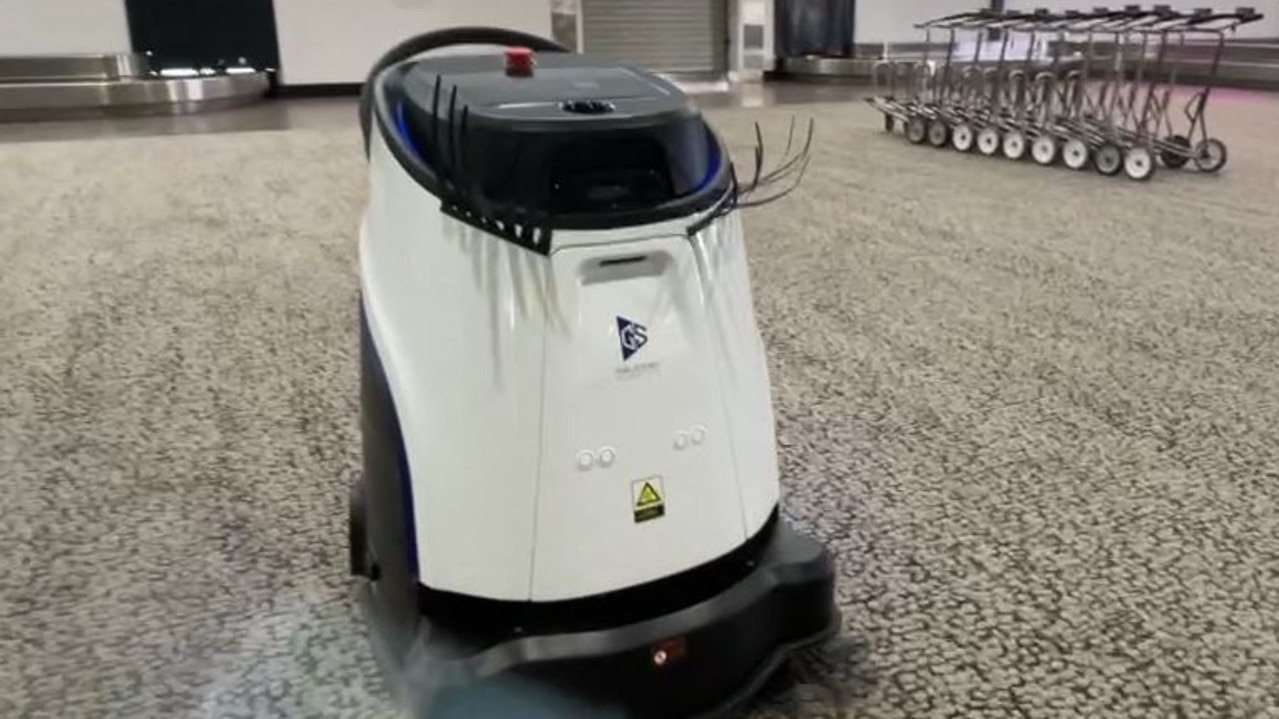
ROBOTS WITH FEELINGS
While robots don’t have feelings, some in the industry are trying to make them feel. Among them is Heba Khamis, the chief executive of Contactile, a Sydney-based company developing tactile sensors* designed to give robots human-like levels of dexterity* and touch.
“The human sense of touch – how do we feel slipperiness and friction*, and why are we so good at picking things up with our hands?” she explained. “That project is what inspired the development of artificial tactile senses for prosthetics* and robotics.”
Some of Contactile’s early products included two-prong – or finger – grippers, which Dr Khamis has already been able to use to successfully complete the difficult challenge of getting a robot to open a door.
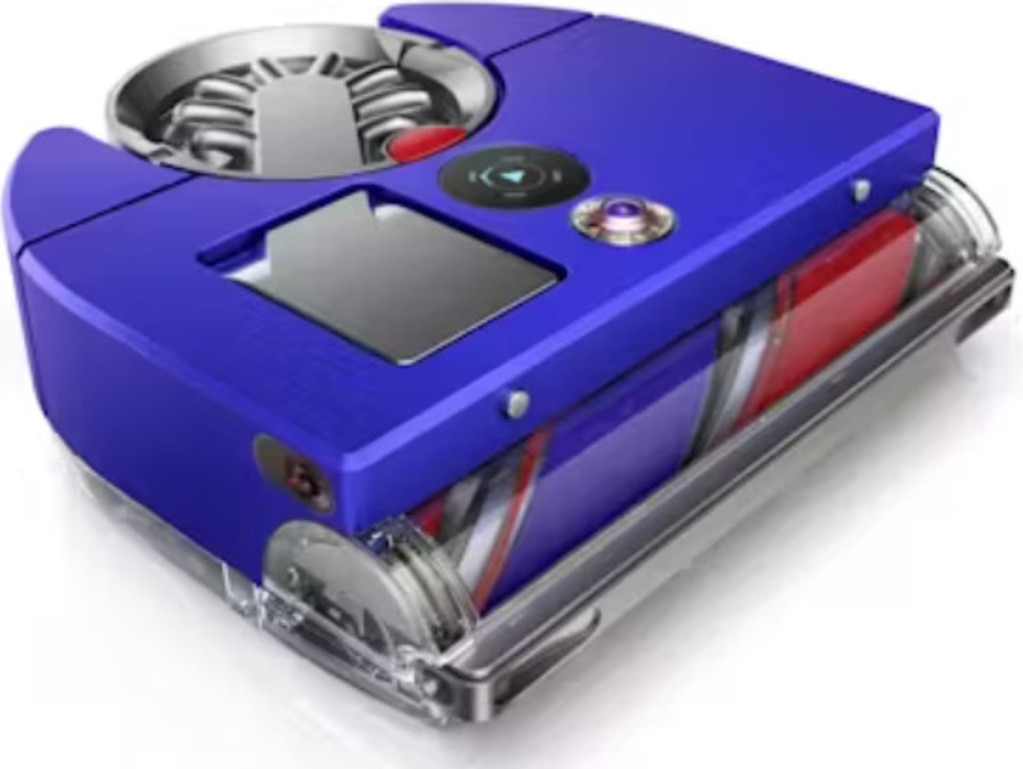
But the technology is still in its early stages.
“Existing robotic solutions are perfect for highly repetitive tasks, so that’s why robots are currently used in things like manufacturing,” she said.
She said the industry was working on building robots with the capacity to react and respond in real time, while operating in “unstructured environments”.
“When we talk about the future of robotics, what we obviously want is for robots to do more things,” Dr Khamis said. “They need to operate in an environment where you can’t really predict everything that’s going to be happening. You need to be able to provide enough feedback to the robot so that it can make decisions on how to perform a task or what to do next.”
POLL
GLOSSARY
- humanoid: a robot resembling a human
- nuclear disaster: when a nuclear reactor at a nuclear power plant overheats and releases potentially dangerous levels of radioactive material into the environment
- industry-specific: depending on the type of work or production it relates to
- tactile sensors: devices that measure information from physical interaction with the environment
- dexterity: skill in performing tasks with the hands and fingers
- friction: resistance formed when one surface comes into contact with another
- prosthetics: artificial body parts
EXTRA READING
Human-like robot lands factory job
Robots helping sick kids beam into school
Lifelike robot chats with humans
QUICK QUIZ
1. What basic human abilities are robots still lacking?
2. What are cobots?
3. Why are robotics experts trying to build humanoid robots?
4. What is an example of a robot already being used in the home?
5. Why are robots being developed to ‘feel’?
LISTEN TO THIS STORY
CLASSROOM ACTIVITIES
1. Robots taking over
If you could develop a robot that would be useful to your life or someone else’s that you know of, what would it be programmed to do?
Sketch a prototype of your robot. Give it a name and list the functions it can perform.
Who would the robot be useful for and would it sell well?
Time: allow 30 minutes to complete this activity
Curriculum Links: English, Digital Technologies, Design and Technologies, Personal and Social, Critical and Creative Thinking
2. Extension
Will robots take over the world?
Write a paragraph stating whether you believe this will be the case in the future or not.
Use strong, emotive language to persuade the reader to your point of view.
Time: allow 20 minutes to complete this activity
Curriculum Links: English, Personal and Social, Critical and Creative Thinking
VCOP ACTIVITY
Wow word recycle
There are plenty of wow words (ambitious pieces of vocabulary) being used in the article. Some are in the glossary, but there might be extra ones from the article that you think are exceptional as well.
Identify all the words in the article that you think are not common words, and particularly good choices for the writer to have chosen.
Select three words you have highlighted to recycle into your own sentences.
If any of the words you identified are not in the glossary, write up your own glossary for them.
Extension
Find a bland sentence from the article to up-level. Can you add more detail and description? Can you replace any base words with more specific synonyms?
Down-level for a younger audience. Find a sentence in the article that is high level. Now rewrite it for a younger audience so they can understand the words without using the glossary.


